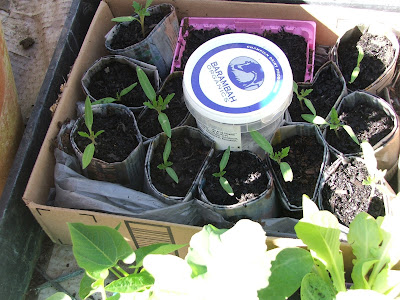This post was going to be about pit toilets.....but I had an interesting conversation with my friend Megan about what schools should be like. This post is now going to be about the need for a paradigm shift in education.
I decided to become a teacher for very selfish reasons; I enjoy seeing children discover something new. I enjoy seeing the joy that glows on their faces when they discover that they CAN reason their way through and solve their own problems. I am discovering a dark side to the current system though; the insistence on conformity, from the highest levels of management to the students themselves. There is a written code of conduct for teachers in NSW, it lays out the behavior and duties of teachers and it makes a lot of sense, but there is also an unspoken code which consists of things like being called 'miss' or 'sir', even if being called 'miss' makes you look guiltily over your shoulder for the teacher, expecting to get into trouble for playing when you should be working. What is it about being called by a title that gives a person power? Why do we want to drive students to learning by the judicious use of this power, rather than trying to lead them to learning by making it fun?
I am just a student of the art of education, I don't know all the answers and never will (my perception is too small for that), but I do question what I can do to change education from inside the system and wonder if my musings are even valid.
According to Sir Ken, the modern education system is designed to inhibit divergent thinking; a talent which we need to continue to grow as a species.
This Clip of Sir Ken Robinson brings up some very interesting points; not least of which is the cookie cutter system we have evolved to teach our children what we think they should know in order to get a job. We can't know what the world will be like when our current students leave school so how can we prepare them for it?
I would like some opinions about what a good education looks like.
Whay are the most important subjects to teach?
Should we make full use of all the technology available to teach (iPhone, iPod, social media)?
Is the old fashioned way of teaching values valid or do we need to change?
































